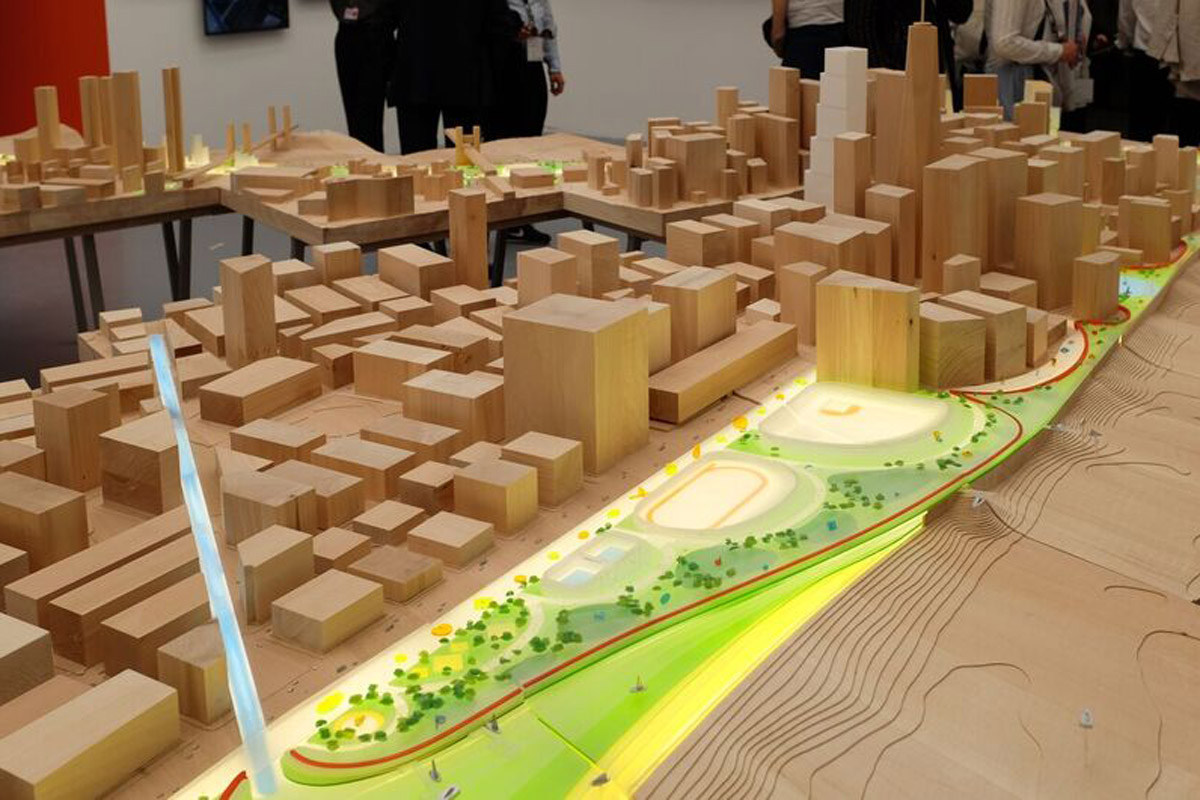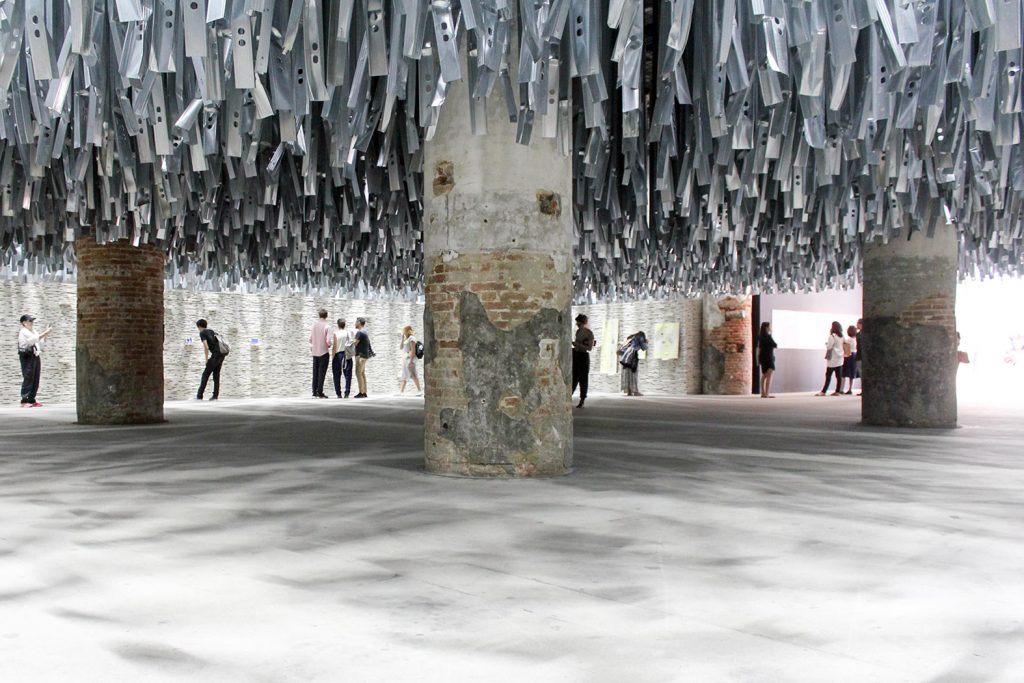16th International Architecture Exhibition: Freespace
Exploring the Venice festival’s fascinating and innovative community-focused projects

Oftentimes, architecture exhibitions tend to center on achievements of famous architects or wild designs, but the 16th Biennale Architettura (aka International Architecture Exhibition in Venice) is different in that its attention has shifted to the ways in which space is used, rather than just the buildings themselves or “starchitects.” This year’s theme “Freespace” was chosen by curators Yvonne Farrell and Shelley McNamara and has somewhat of a deep meaning illustrated in their manifesto—from concepts including courage, generosity, humanity, opportunity, air, sunlight and moonlight. While it may sound a little esoteric, it’s actually a very pragmatic and productive approach to contemporary architecture—one in which community, and creating space for them to be fostered, is the main focus.
Farrell and McNamara say, “We see the Earth as client; this brings with it long-lasting responsibilities.” They carefully selected projects (from small to large, renovations to schools) capable of telling human stories—how each space provides a place for learning, meeting, working, observing, relaxing and more.

Walking through the Biennale, we spot German studio Sauerbruch Hutton‘s visually striking and tactile work. For their installation in the majestic Corderie building at the Arsenale section of the exhibition, their choice was to create a closed but semitransparent space that looks like a modern eye-catching lighthouse. “Oxymoron” is also a preview of the new M9 Museum (just a few miles from Venice) that will open in December this year.

According to Farrell and McNamara, the reuse of ancient buildings plays a crucial role in the definition of “Freespace.” Thus, they invited Flores + Prats to present their renovation of the Sala Beckett theater in Barcelona. The installation in Venice, titled “Liquid Light,” recreates to core concept of the original project—making something fully contemporary that looks and feels like it’s always been there. Here light becomes liquid as it pours from the sky; inspired by a hole on the roof that the architects found during the inspections of the abandoned space.

A completely different kind of light defines Vector Architects‘ “Connecting Vessel,” which is a celebration of the Seashore Library—an incredibly unique space by the ocean located in the city of Qinhuangdao, on China’s Bohai Sea coast. The building is geometric and solid, but opens towards the beach and visitors can read and enjoy the view at the same time. The exhibit at Biennale balances light and shadows, natural light and darkness, showcasing the creative process through pictures and original drawings.

Mexican architect Rozana Montiel sees beauty as a necessity, not a luxury—a belief that led to an installation that imagines removing walls in order to show the life behind them. With “Stand Ground,” Montiel recreates—on the floor—one of the brick walls of the Arsenale, while a video projection shows what’s happening in a Venice canal. The research and building experiments at her studio are meant to “change barriers into boundaries,” which is evident here.

Proving that bamboo is perhaps the steel of the 21st century, VTN Architects‘ “Bamboo Stalactite” is strong, self-supporting, and made solely from bamboo that’s bent and tied together. Anchored to the ground, the installation also offers natural shade which is especially welcomed on a hot day.

For their project “Humanhattan 2050,” Big-Bjarke Ingels Group imagines a green belt all around Manhattan with a two-pronged goal: gifting citizens a more natural environment while also protecting the city from floods. This 16-kilometer “Big U” embodies the idea of “Earth as a client.”
The 16th Biennale Architettura is open to the public now through 25 November, at various locations around Venice.
Images by Cool Hunting












